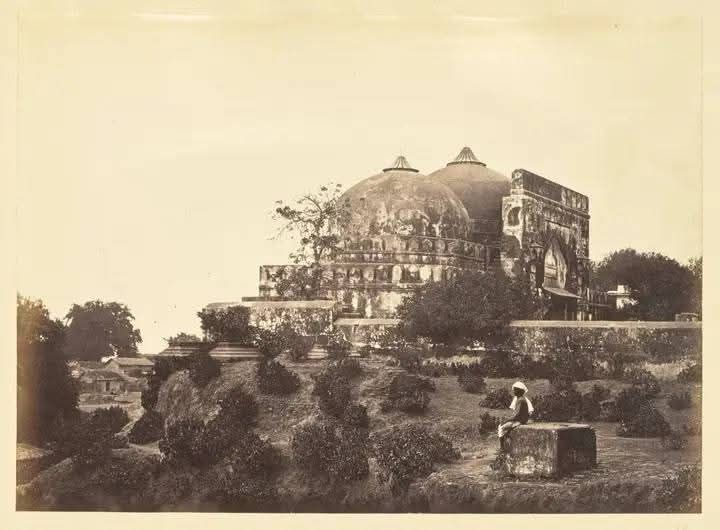Ayodhya Ram Mandir: Then vs. Now – A Journey Through Time
The Historical Significance of Ayodhya Ram Mandir
Ayodhya, a sacred city in India, has been deeply intertwined with the legend of Lord Ram. The Ram Mandir, believed to be the birthplace of Lord Ram, has been at the center of historical and socio-political discussions for centuries. Originally, the site had a temple that was replaced by the Babri Masjid in 1528. Over time, the subsequent legal and political battles culminated in the Supreme Court’s landmark verdict in 2019, paving the way for the temple’s reconstruction.
The Ram Mandir of the Past

For centuries, the site of the temple remained a symbol of faith and conflict. The 16th-century Babri Masjid stood at the location, which led to disputes over the rightful claim to the land. Eventually, in 1992, the structure was demolished, leading to nationwide debates. The legal battle continued for decades, ultimately ending in the Supreme Court’s ruling, which allocated the land for the construction of the Ram Mandir while granting an alternative site for a mosque.
The Grand Transformation – Ayodhya Ram Mandir Now

The newly constructed Ram Mandir stands as an architectural marvel, blending tradition with grandeur. Designed in the Nagara style, the temple boasts intricate carvings, towering spires, and a majestic sanctum dedicated to Lord Ram. Moreover, the temple complex spans over 70 acres, featuring a grand entrance, elaborate pillars, and a gold-plated sanctum.
Key Features of the New Ram Mandir:
- Architectural Splendor: Built using Rajasthani sandstone, the temple showcases intricate craftsmanship reminiscent of ancient Hindu temples.
- Magnificent Dimensions: The temple is 161 feet tall, with three floors, each adorned with sculptural depictions of Ramayana scenes.
- Spiritual Hub: The temple complex includes facilities for devotees, meditation halls, and yajna shalas, making it a center of spirituality and devotion.
- Cultural and Economic Impact: Furthermore, the redevelopment of Ayodhya as a spiritual tourism hub has led to increased infrastructural development, including new roads, airports, and hotels, boosting the region’s economy.
The Cultural Revival of Ayodhya
The new Ram Mandir is more than just a place of worship—it symbolizes cultural and spiritual revival. As a result, the temple has drawn millions of devotees, reinvigorating religious tourism and Ayodhya’s historical significance. Consequently, the city has witnessed infrastructural advancements, including improved transportation, enhanced facilities for pilgrims, and a surge in tourism-driven businesses.
Conclusion: A Testament to Faith and Resilience
The transformation of Ayodhya Ram Mandir from a disputed site to a grand temple marks a historic milestone in India’s cultural and spiritual landscape. Thus, the temple stands as a beacon of faith, unity, and heritage, attracting devotees and tourists from across the world.




